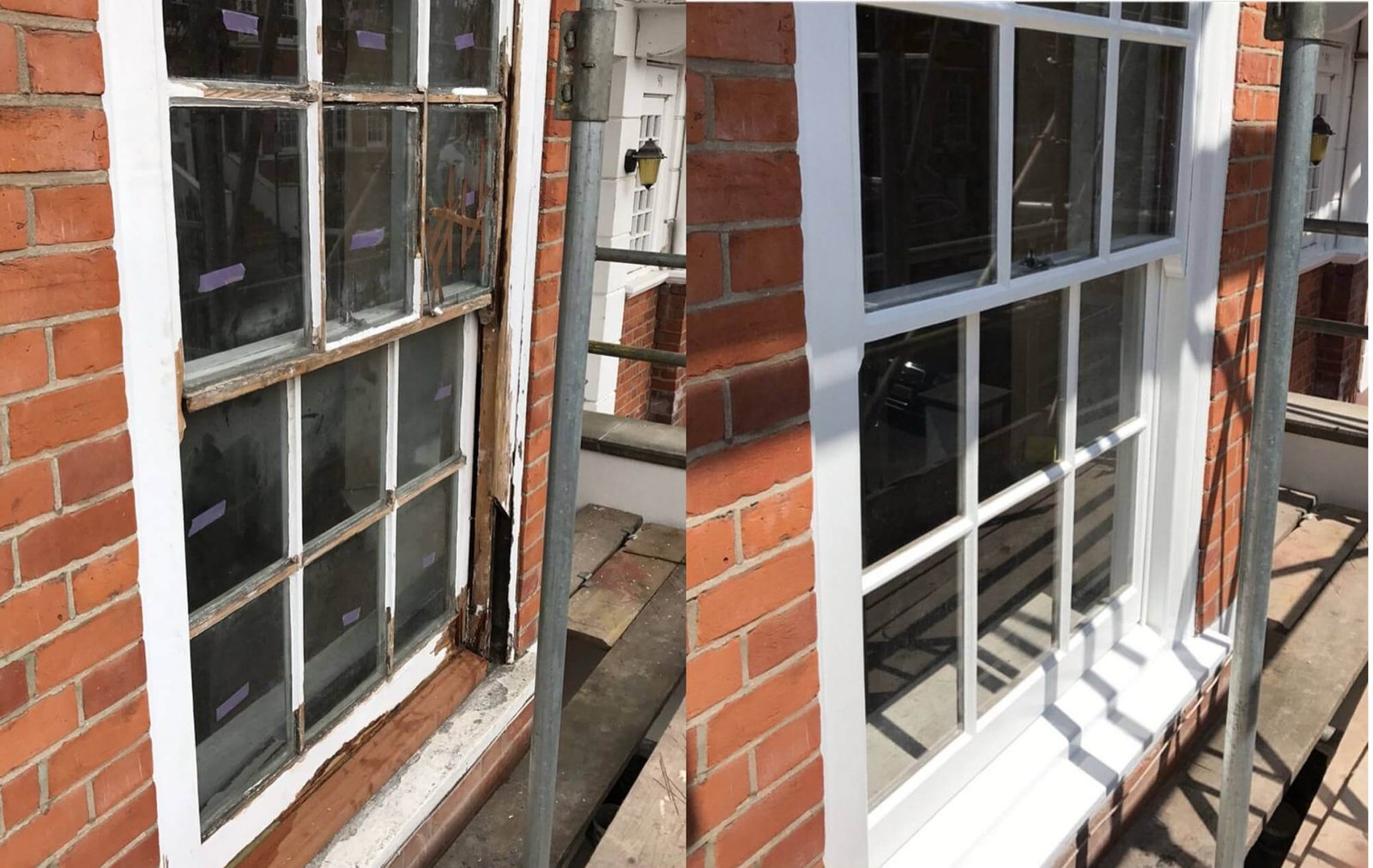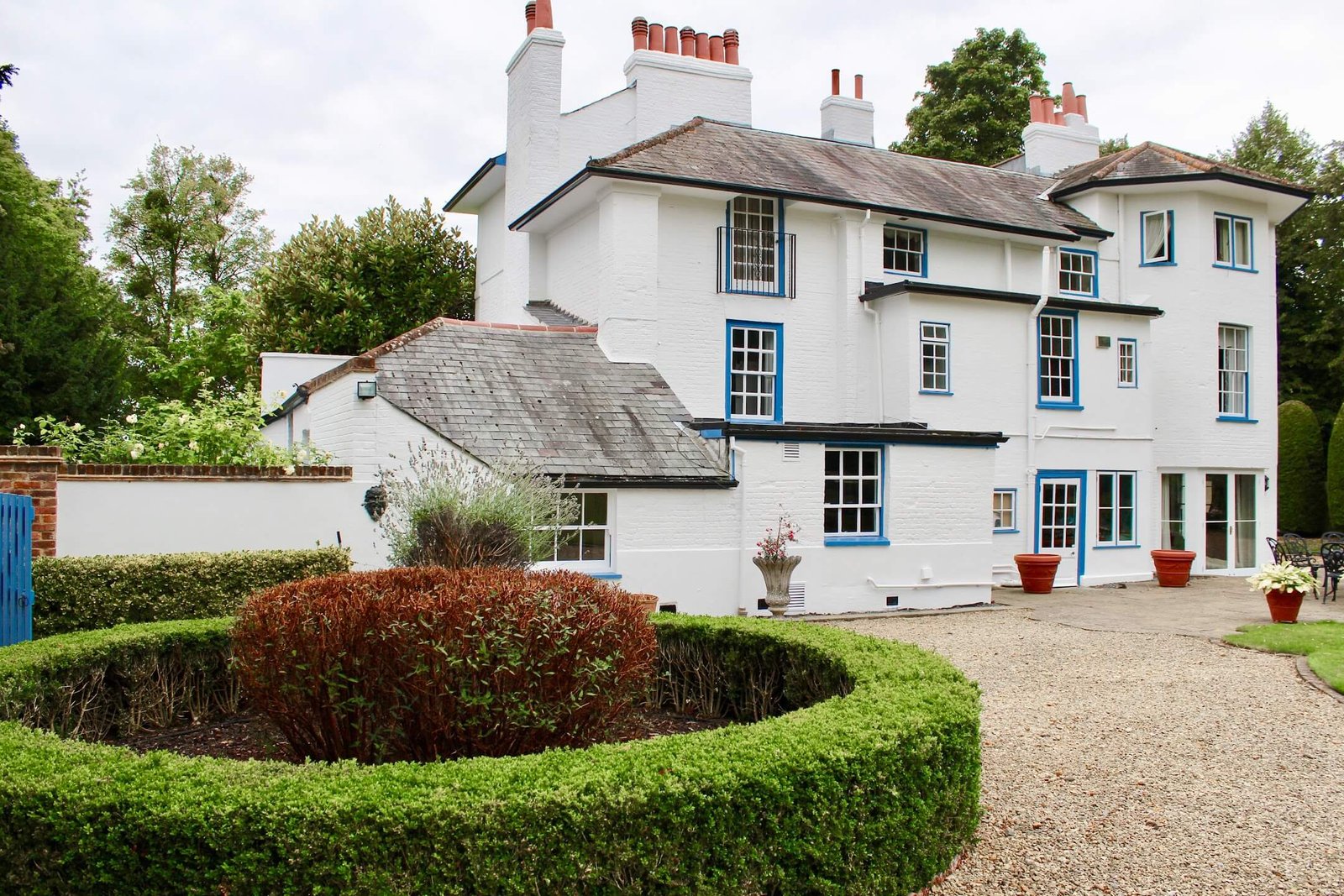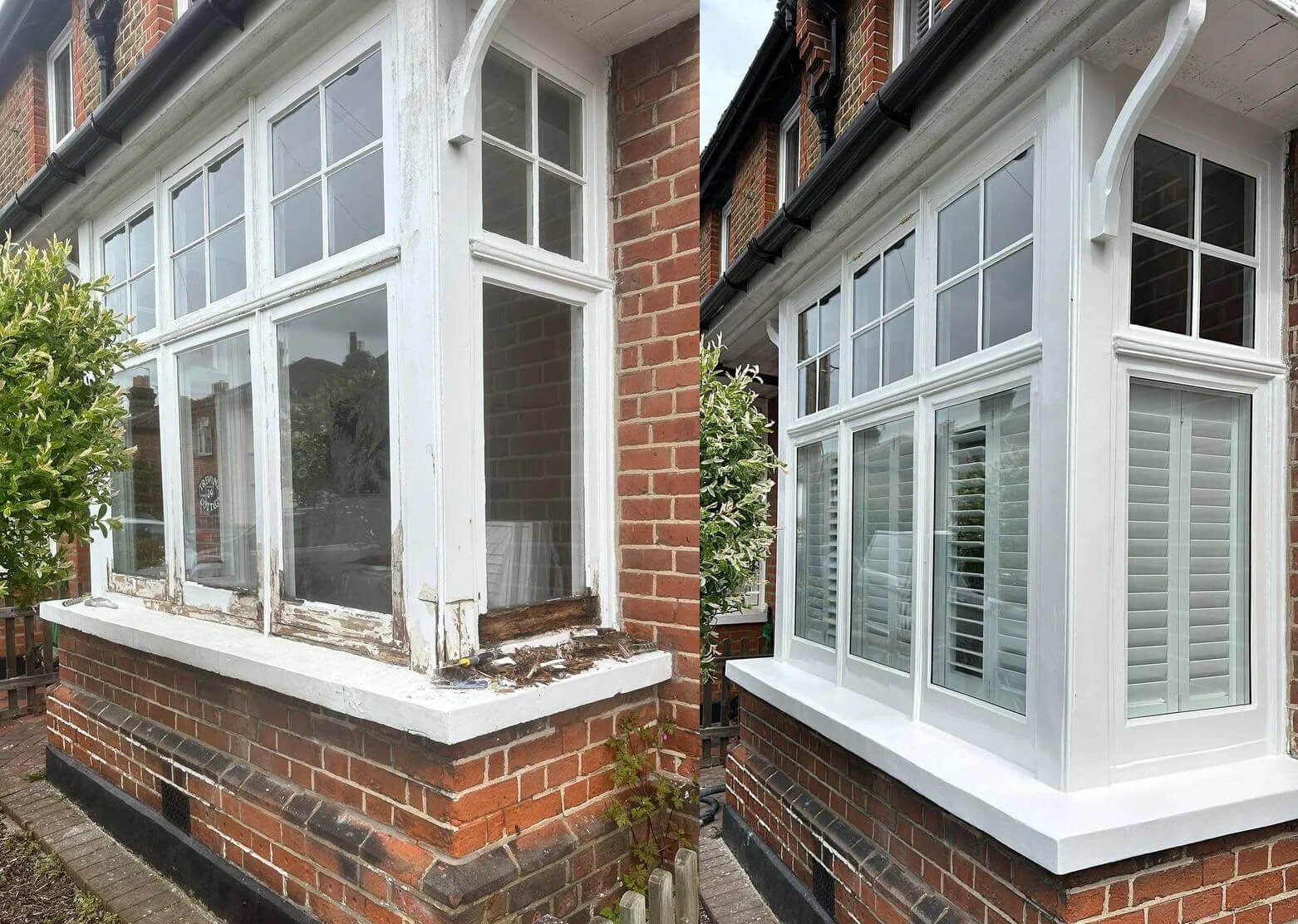
What is toughened glass?
Tempered or toughened glass is a material that has undergone a specific treatment, applied to increase its strength.
There are two types of toughened glass, chemically toughened glass and heat-treated glass.
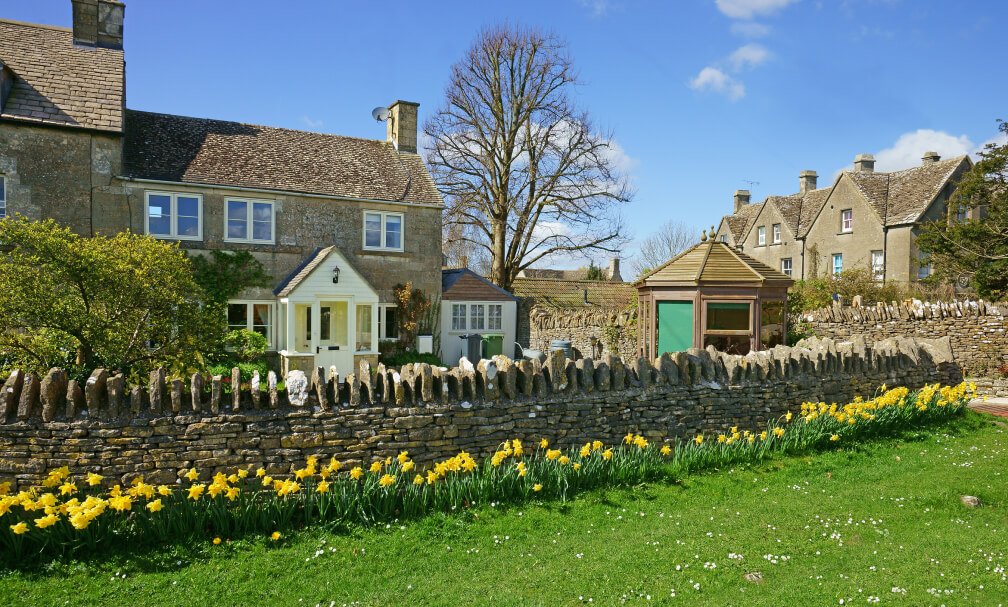
Chemical treatment involves heating the material to over 400°C and then immersing it in a salt solution. Heat treatment involves heating the glazed sheet to 600°C and then cooling it with a controlled air stream. These processes are called “quenching”.
Heat treatment involves heating the glazed sheet to 600°C and then cooling it with a controlled air stream. These processes are called “quenching”. Heat-treated glass is made by heating the glass to its annealing point and then cooling it rapidly. This process creates compressive stresses on the surface of the glass, making it stronger and more resistant to breakage.
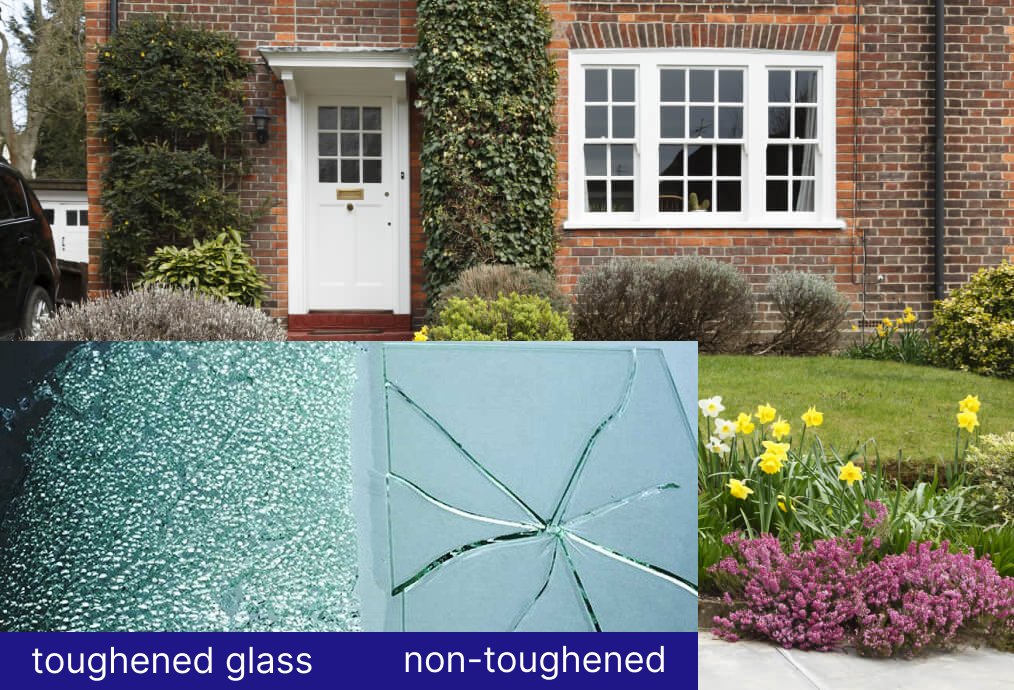
In both cases, the operation is designed to maximise the impact resistance of glass. It retains the same energy and light properties as conventional glass.
A toughened glass pane can no longer be cut or shaped once it has been toughened, so it must be cut to the required shape before toughening process.
The toughened glass can then be assembled into laminated or double glazing units.
How tempered glass is used?
Toughened glass is used in a variety of applications, including windows, doors, shower enclosures, and furniture. It is also used in automotive applications, such as windshields and sunroofs.
In a professional or public space, toughened glass is used to form a roof to create a glass façade or design trendy street furniture. It is also used in the manufacture of ship portholes, for its resistance to wind and weather effects.
For a private home, glass sheets are used to make doors, windows, furniture such as desks, display cabinets or shelves, or shower enclosures. It can also be used to create interior partitions that allow light to pass through but are still very solid. It is the solution recommended by professionals for this type of use.
Why choose this glass?
Safety glass is used for all applications where the material has to be very resistant to temperature changes and bending.
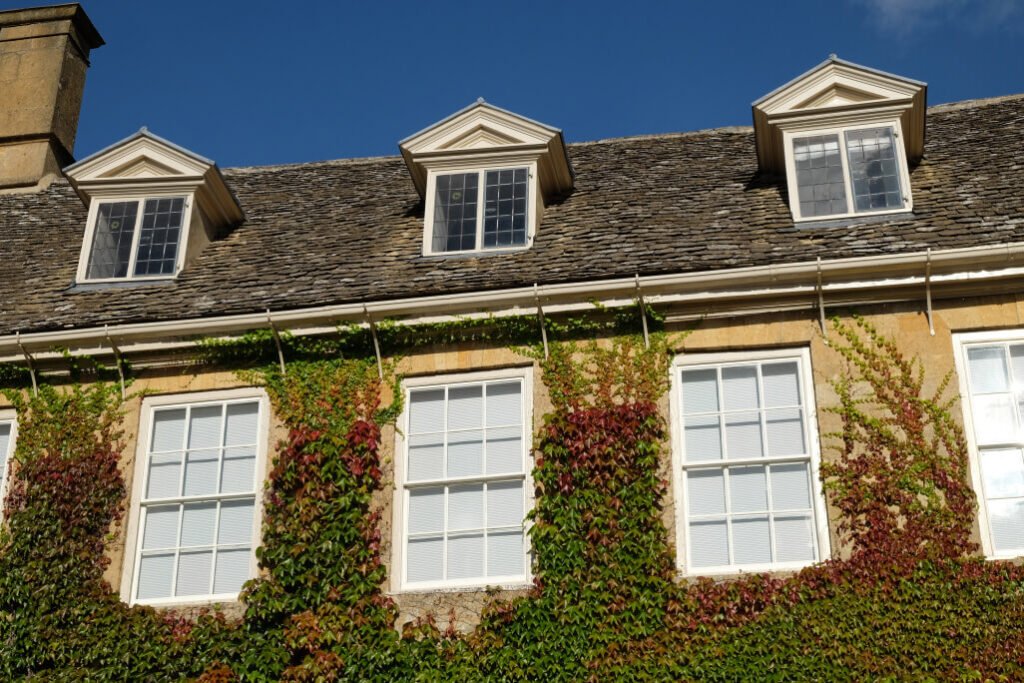
Tempered glass can be up to 5 times stronger than ordinary glass. If it breaks, it does so into small pieces with blunt edges, which limits the risk of serious injury.
In the event of an impact, this type of glass is designed to absorb energy and reduce the risk of breakage.
Toughened glass is a material that offers many advantages for both private and public spaces.
In addition, it has a unique characteristic that makes it indispensable in the automotive industry, for example. When the sheets have been heat-treated, they have the particularity of shattering into non-cutting pieces of glass that stay together.
In a single-family home, it thus constitutes an anti-burglary glass that cannot be compared with a conventional window.
UK safety glass regulations
In the United Kingdom, toughened glass must comply with British Standard BS EN 12150. This standard defines the requirements for heat-treated and thermally toughened soda-lime silicates safety glass.
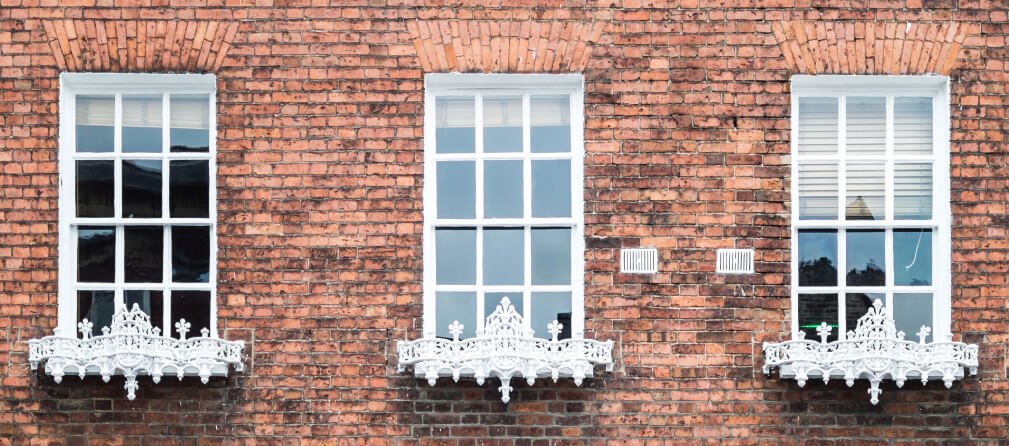
It is a European norm that replaces the former national standards, including BS 6206 in Great Britain.
The standard includes four classes, depending on the level of mechanical resistance required:
– Class A: light impact
– Class B: medium impact
– Class C: high impact
– Class E: very high impact
Toughened glass that does not meet one of these specifications cannot be used as safety glass.
Toughened glass producers must meet EN12150 standards?
In order to sell their toughened glass in the European Union, all-glass manufacturers have to meet the requirements of the standard, all manufacturers of heat-treated and thermally toughened soda-lime silicates safety glass must have their production process certified by an accredited independent organisation.
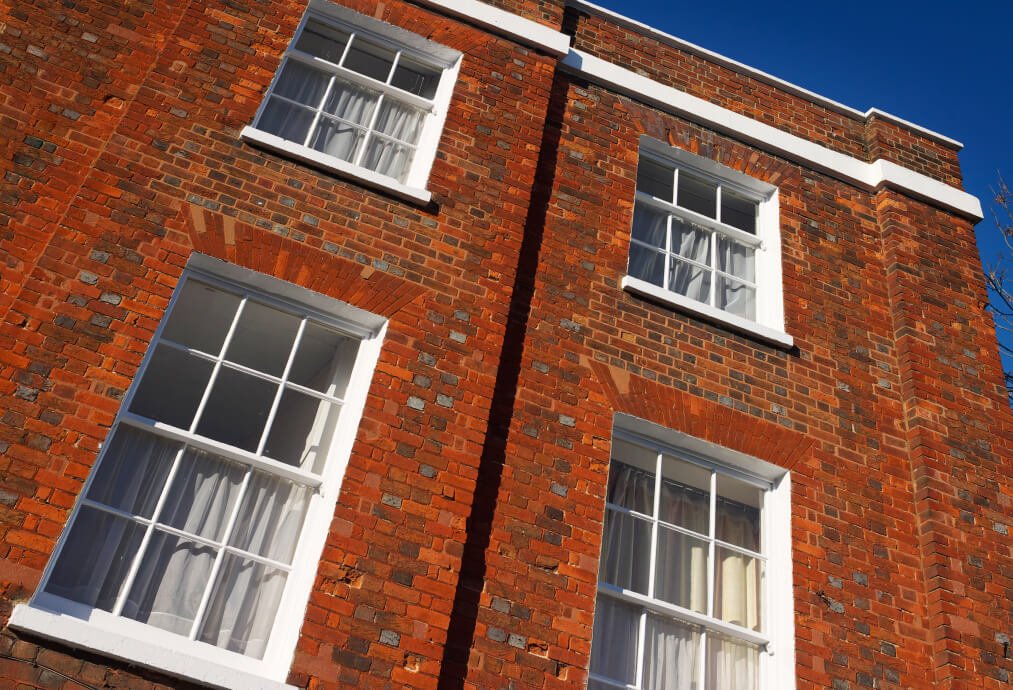
This certification guarantees that the glasses produced, comply with the mechanical and thermal resistance requirements defined in the standard.
This regulation applies to all types of heat-treated safety glass, including:
– heat strengthened glass
– fully tempered glass
The standard covers all aspects of production, from the raw materials used to the final product.
It defines, in particular, the methods of heat treatment and surface treatments that can be applied to the glass.
The standard also requires manufacturers to carry out regular tests on their products to ensure that they comply with the requirements of the standard.
What is the difference between the toughened and laminated glass?
Toughened glass is a type of safety glass that is designed to be strong and shatter-resistant. Laminated glass is a type of safety glass that is made by sandwiching a layer of plastic between two layers of glass. Both types of glass are used in applications where safety is a concern, such as in auto windshields and in some types of window glazing.
What is the difference between horticultural glass and toughened glass?
Horticultural glass is a type of glass that is designed for use in greenhouses, the standard thickness of the horticultural glass is 3 mm and it is cheaper compared to safety toughened glass. It is usually made from 3 mm float glass, which has been treated to reduce its surface tension. This makes it less likely to break when exposed to high temperatures or rapid temperature changes.
Toughened glass is a type of safety glass that is designed to be strong and shatter-resistant. It is often used in applications where safety is a concern, such as in auto windshields and in some types of window double glazing.


